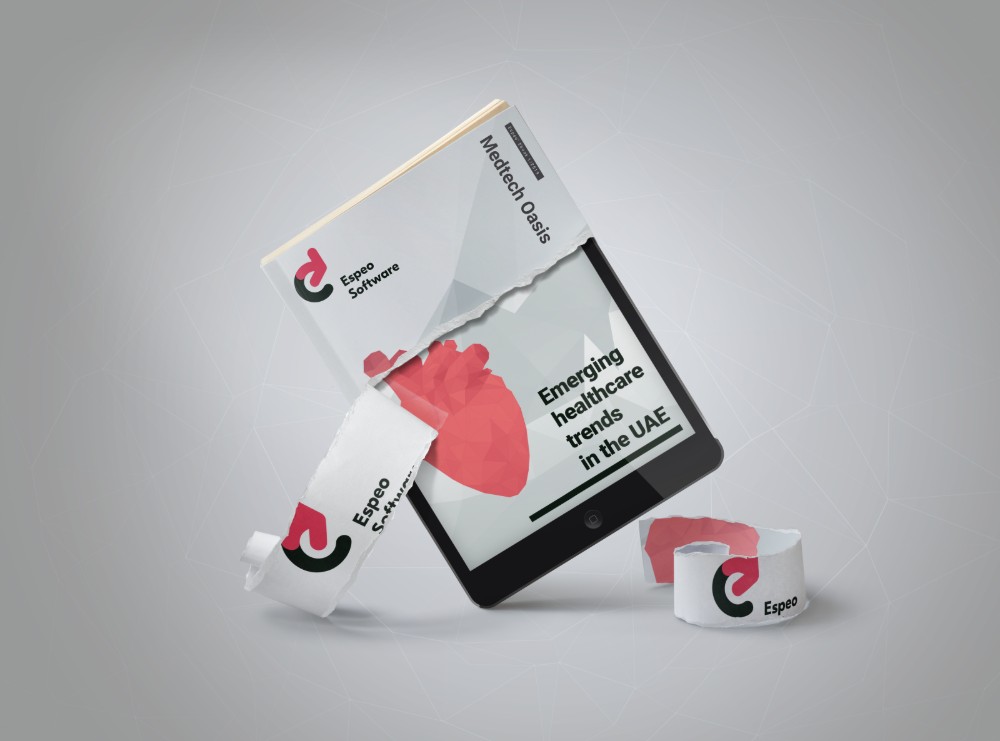Beginning in 2010, the United Arab Emirates set robust goals to reform key industries and improve the lives of citizens and residents. Healthcare is one of the sectors on the government agenda. One of the major healthcare trends in the UAE is to become a center of advanced healthcare in the GCC region. A growing and aging population, as well as a burgeoning medical tourism sector, are raising demand for healthcare in the region. Following government initiatives such as Vision 2021, which set goals to improve public health, life expectancy has risen by nearly two years on average. Infectious disease rates have also fallen sharply. We’ve recently published an in-depth analysis of the Emirati market for you to download below.
More specifically, the UAE is uniquely positioned to implement internet of medical things, or IoMT. These connected devices give healthcare practitioners, insurance providers, and patients themselves greater control over their health. This data-driven approach to healthcare gives stakeholders unprecedented access to vital health information. Valuable both to healthcare practitioners and patients alike, IoMT devices monitor and report on vital signs health data.
In addition to IoMT devices, better pharmaceutical supply chain management can improve overall health outcomes. This will keep Emiratis in the Emirates for their healthcare needs, and attract medical tourists from abroad. A lot is riding on the success of the Government’s healthcare initiatives. As oil prices stagnate and an uncertain geopolitical situation puts pressure on the Gulf region, creating a more efficient, cost-effective healthcare system is vital. In our report, we dive into the key drivers and obstacles for the UAE healthcare market. We lay out ways technology such as blockchain, AI, and IoMT can help make the Emirati health system more competitive.





